MusicRadar Verdict
With its practical new features and impressive plug-ins, Steinberg´s update is spot on. Cubase 4 could be the most powerful and flexible cross-platform DAW around.
Pros
- +
The most sophisticated DAW out there. Advanced new monitor signal routing. Four innovative new synthesizers. Independent headphone mix buses for artists. 30 new plug-in effects. Cleaner and crisper GUI. Significantly improved channel equalisers
Cons
- -
There’s an awful lot to learn! One or two bugs need to be ironed out.
MusicRadar's got your back
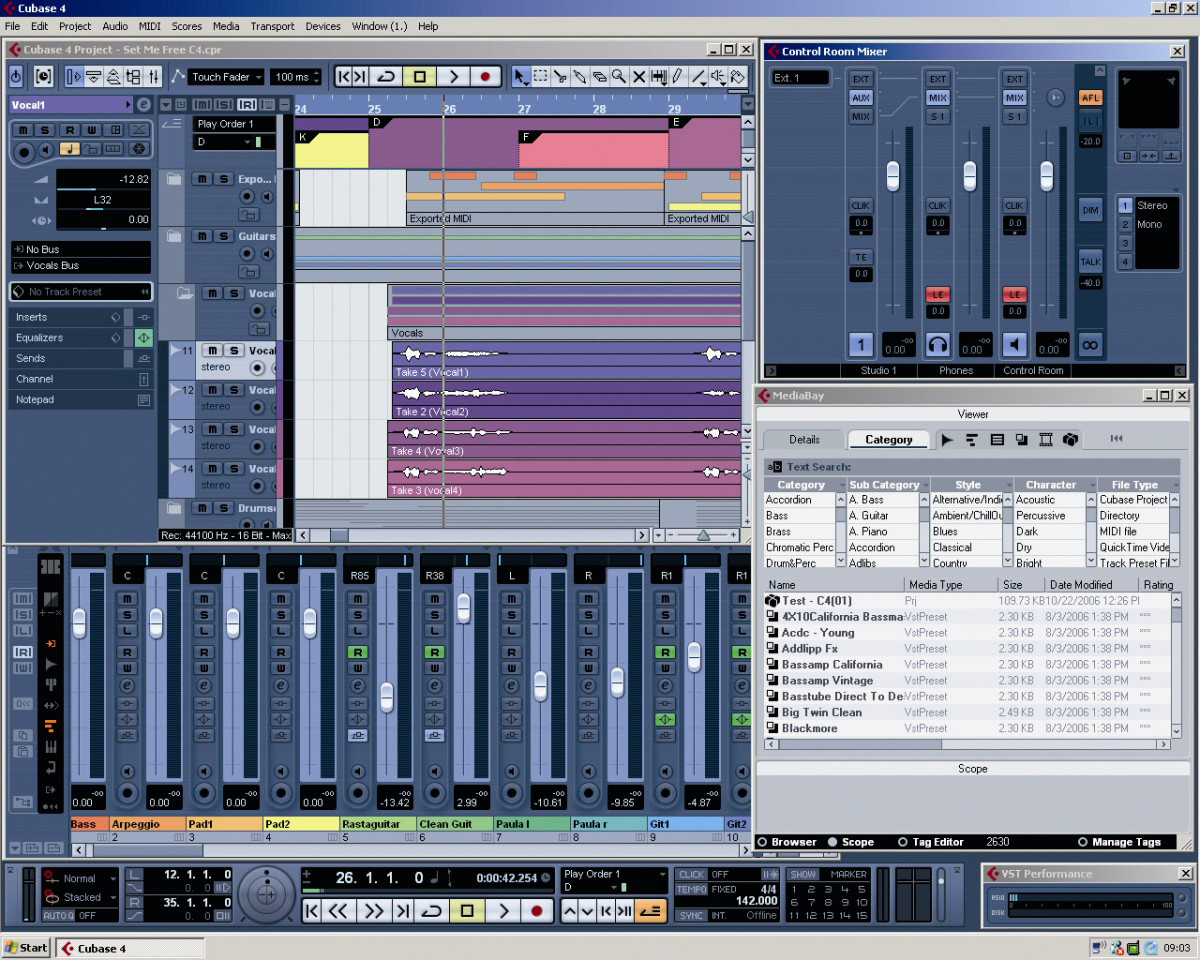
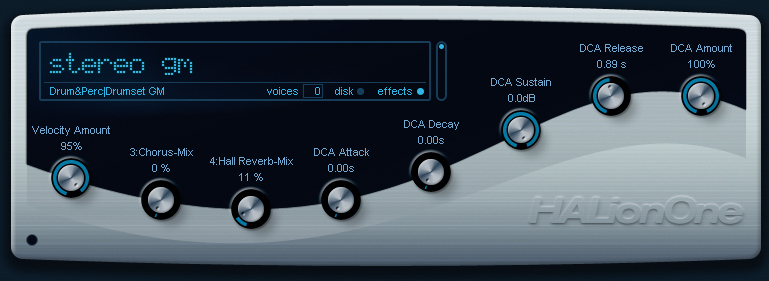
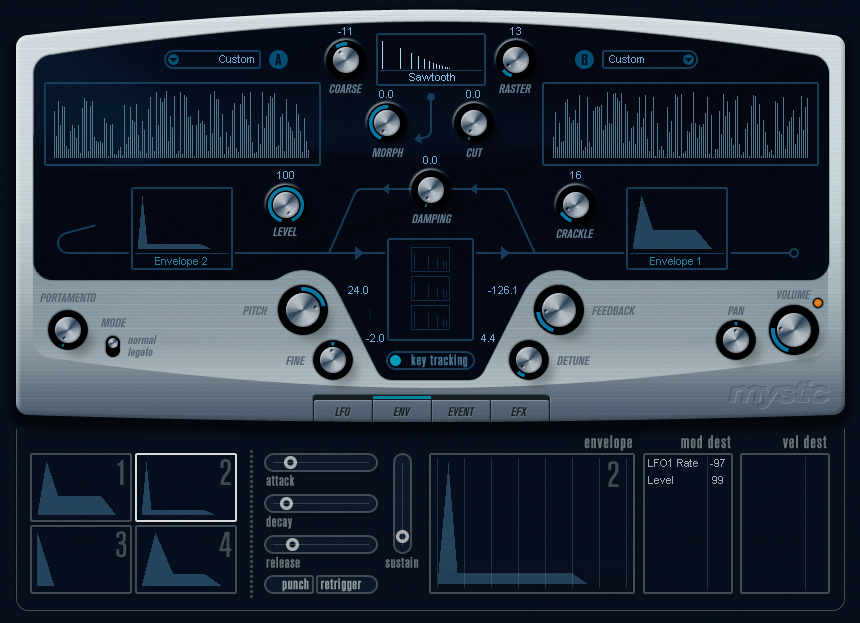
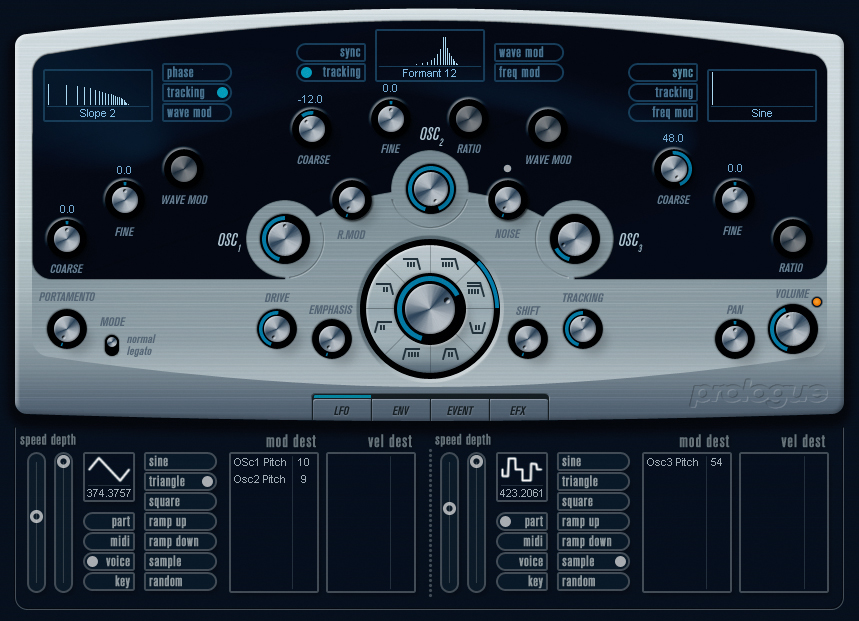
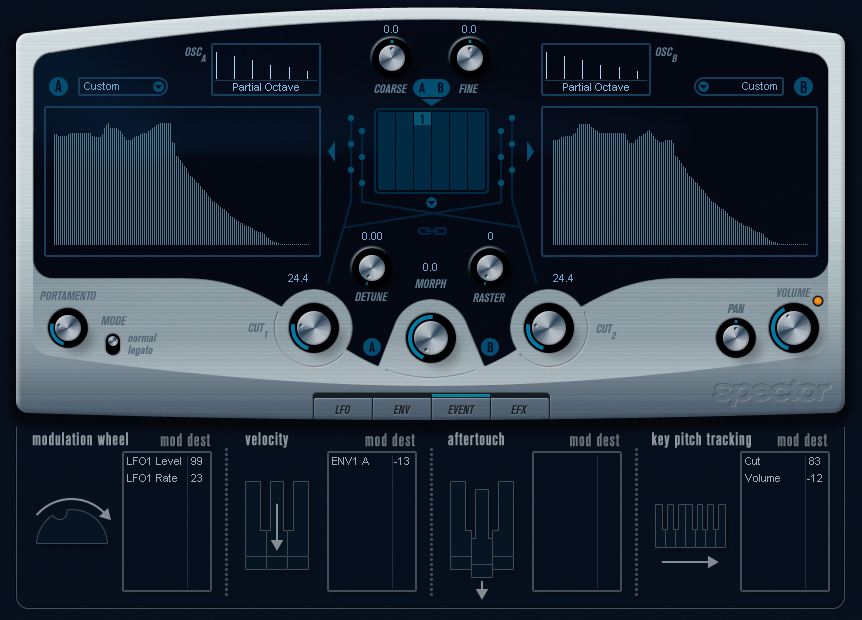
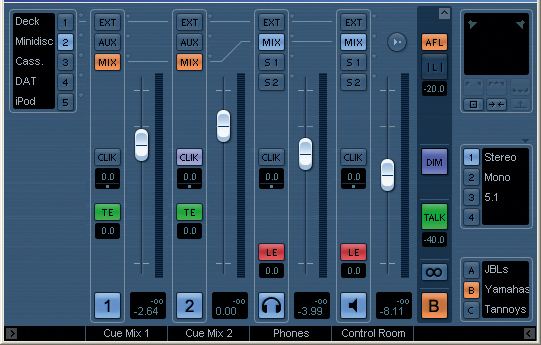
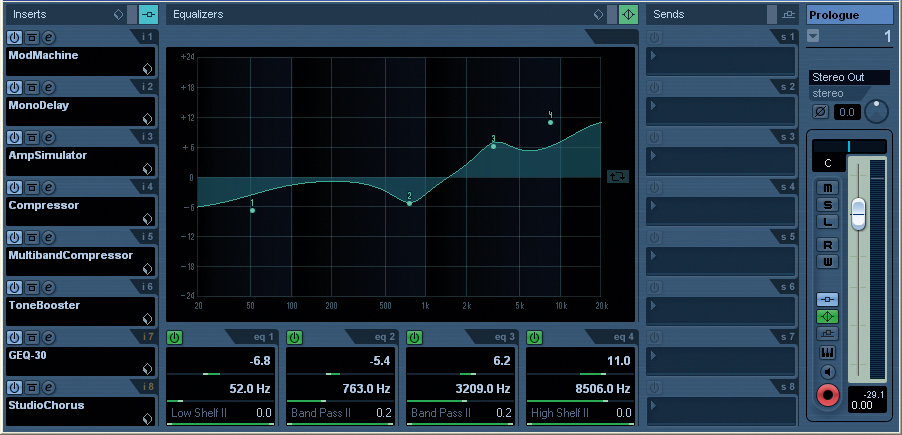
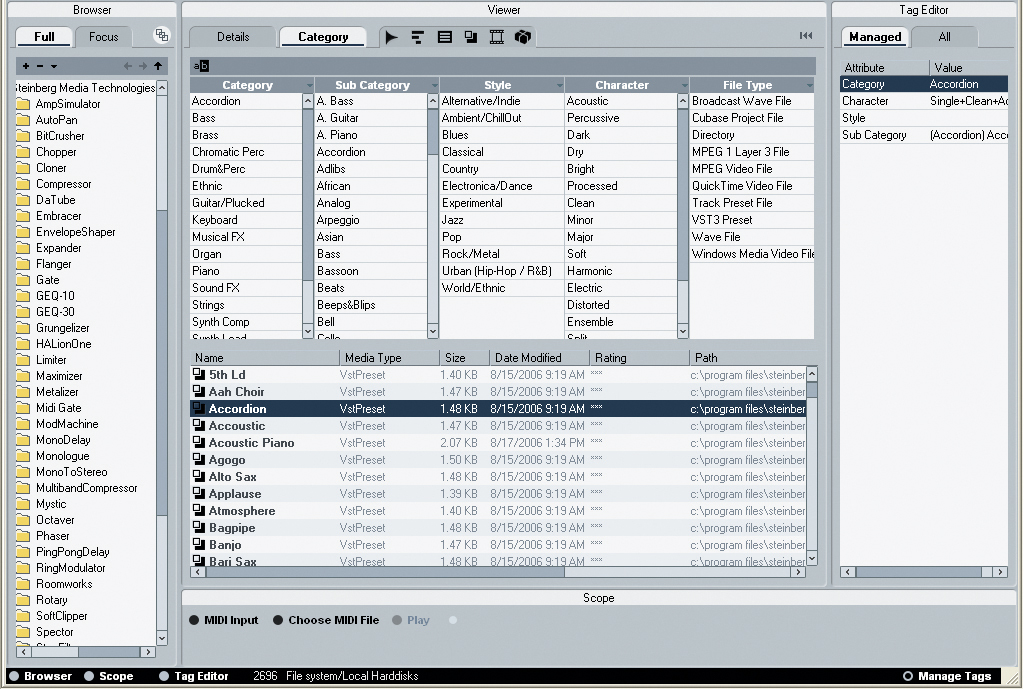
Let's not keep you in suspense any longer - we're happy to say at the outset that Cubase 4 is an upgrade that's been well worth waiting for.
As well as adding a number of major new features, it also streamlines and eases workflow when you're creating complex projects. What's more, it does so without forcing you to make radical changes to the way you've worked in the past.
That said, some things have been taken away. The circular knobs on the mixer channel equalisers are gone (given that the aux send knobs vanished long ago, we suspected their days were numbered), and even Britain's new anti-age discrimination laws haven't prevented the elderly A1 synth from getting the chop before reaching retirement age. LM-7 and VB-1 have been pensioned off too. Admittedly, the latter two instruments were starting to look like Victorian toys, but the sacking of A1 seems a bit harsh. It was, after all, a reasonably capable 2-oscillator polysynth. There are several new and very capable VSTi's in place to take up the slack, though.
What's dropped
Another (very visible) thing that's been dropped is the SX branding, and Cubase SL no longer exists either. The two major versions of the program are now known as Cubase 4 and Cubase Studio 4, with Studio being the less capable of the two (slightly confusing, we think). We're looking at the full-on Cubase 4 here, which costs a hefty £650. This is a pretty scary sum if you're a casual home user. However, we reckon the inclusion of some excellent new synthesizers and plug-in effects ensures that the high price is one worth paying. What's more, you get a proper manual now, too: a real, environmentally-unfriendly paper one. And not just a 'getting started' guide either - this is a chunky reference book. You also get an electronic copy, but given Cubase 4's complexity, the hard one is very much appreciated.
Launch Cubase 4 for the first time and you immediately notice that the user interface has been given a bit of a paint job. The changes are actually quite subtle, but everything feels cleaner, simpler and just a little flatter than before. It's certainly a lot easier to see what's going on. As many of us expected, Cubase 4 features more technology from Nuendo, Steinberg's flagship broadcast/post production application. There's now a Listen button on every mixer channel and a new PFL (Pre Fade Listen) function that's also switchable to AFL (After Fade Listen). This enables you to solo channels during recording (to check for quality) without interrupting the headphone mix going to your artists.
New features
Best of all, though, is the wonderful new Control Room feature. This is a blindingly obvious omission from most music applications, and we've been hankering after such a thing for years. Basically, the Control Room adds a significant monitoring layer between the main mix output and the physical soundcard outputs. It has its own control window (on a hardware mixing desk this would be referred to as the centre or control room panel) and it offers all the features that you'd expect to find in a top-flight recording studio. So now - after what seems like a lifetime - you can finally control the main loudspeaker volume from within Cubase without affecting the mix levels. But that's not all.
Assuming you've got a suitable soundcard, you can select different monitoring setups on your outputs (mono, stereo, surround, etc) and just as on a professional hardware mixing desk, you can choose different external devices for playback (such as cassette, MiniDisc or vinyl). You can toggle the Listen function between PFL and AFL, there's an adjustable Dim button for the monitors and even a Talkback button. It's all very grown-up stuff.
Up to four sets of artist headphone mixes can be defined (named Studio 1, Studio 2, etc) and you have master volume controls for each. These can be previewed individually on the engineer's own dedicated headphone channel at the touch of a button. Unlike before, you no longer have to sacrifice aux sends to create headphone mixes - the four headphone sends are completely separate. Naturally, external sources like your CD deck or iPod can be selected for direct playback in anyone's headphones. In short, everything that a fully-featured, professionally-installed, large-scale recording console can do, Cubase can now do internally. The only hardware you need is a high-quality, low-latency audio interface with enough inputs and outputs.
Transformations
Thanks to the addition of a couple of relatively easy-to-understand features, the operation of virtual instruments and effects has been radically transformed in Cubase 4.
Previously a frustratingly laborious process, the auditioning and selecting of sounds from a collection of many instruments has now become instantaneous. Firstly, there are Instrument Channels. Since the disappearance of the Master Effects Rack long ago, it's seemed a bit strange to have instruments still living in an independent, stacked, old-fashioned VST rack. In Cubase 4, this is optional. For stereo instruments at least, you can add Instrument Tracks to your project and swap your instrument without having to reassign everything.
The second key new feature in this area is MediaBay. If the screenshot of this appears to bear more than a passing resemblance to the browser in Native Instruments' Kore, that's because it offers almost exactly the same functionality. However, MediaBay is available ubiquitously across the entire application - it's used to store preset information of almost every kind. MediaBay can change its appearance slightly depending on the task at hand but, for the most part, its operation is pretty much self-explanatory.
The MediaBay library concept might be simple to understand, but it's extremely powerful nonetheless. As well as enabling any aspect of a sound's processing to be stored individually or as an entire channel, its inclusion also means that a collection of tracks can be stored as a single Multitrack Preset for instant insertion into any project in future. MediaBay isn't a complete replacement for Kore - the hardware controller that comes with that system is excellent - but Cubase users who've been considering buying NI's product might now decide that they don't need it. The fact is that Steinberg have finally made virtual instruments and sound clips easily manageable within the Cubase environment.
That's Cubase 4's major new features covered - Control Room, MediaBay, Instrument Tracks and the new synthesizer collection - but there are actually bucketloads of minor tweaks and improvements throughout the program. There are 30 new audio effect plug-ins (bringing the total to 66), more flexible customisation of the user interface, and better organisation of the many parameters and settings that relate to score writing.
Glitches
This being the first release of a major update, it's perhaps unsurprising that we found glitches in some of the new features. In the past, though, Steinberg have tended to jump on
bugs pretty quickly, so we're prepared to give them the benefit of the doubt for now and assume that they'll sort out Cubase 4's soon enough. What we have here is a very significant, sophisticated upgrade for hardcore Cubase users, and one that also ticks all the right boxes if you're buying a DAW for the first time.
The new synths make Cubase 4 a powerful, self-contained music production environment, while the MediaBay takes the software closer to 'high productivity' and easy-to-use composing tools such as Ableton Live. If that high price tag is still bugging you, just think again about what you're getting: No less than six top-class synths (and no duds among them); a large sample library; an instant-access, multiformat multimedia librarian; perhaps the most sophisticated and well-thought-out signal routing of any professional audio application; and an interface that's been honed by years of development. Cubase 4 sets the bar higher than ever before, and other DAW developers might feel that they're now playing catch-up
MusicRadar is the number 1 website for music makers of all kinds, be they guitarists, drummers, keyboard players, djs or producers...
GEAR: We help musicians find the best gear with top-ranking gear round-ups and high- quality, authoritative reviews by a wide team of highly experienced experts.
TIPS: We also provide tuition, from bite-sized tips to advanced work-outs and guidance from recognised musicians and stars.
STARS: We talk to musicians and stars about their creative processes, and the nuts and bolts of their gear and technique. We give fans an insight into the actual craft of music making that no other music website can.
"This $399 item will incur over $578 in additional import charges": Price of Sonicware CyDrums drum machine more than doubles thanks to Trump tariffs
“For guitarists who crave an unrelenting, aggressive tone that stands out in any mix”: The Fortin Meshuggah head is the amp every metal player wants – now you can get its crushing tones in a pedal
“At least you know I sing live”: Lady Gaga apologises to fans as she falls victim to a mic malfunction during her second weekend set at Coachella










